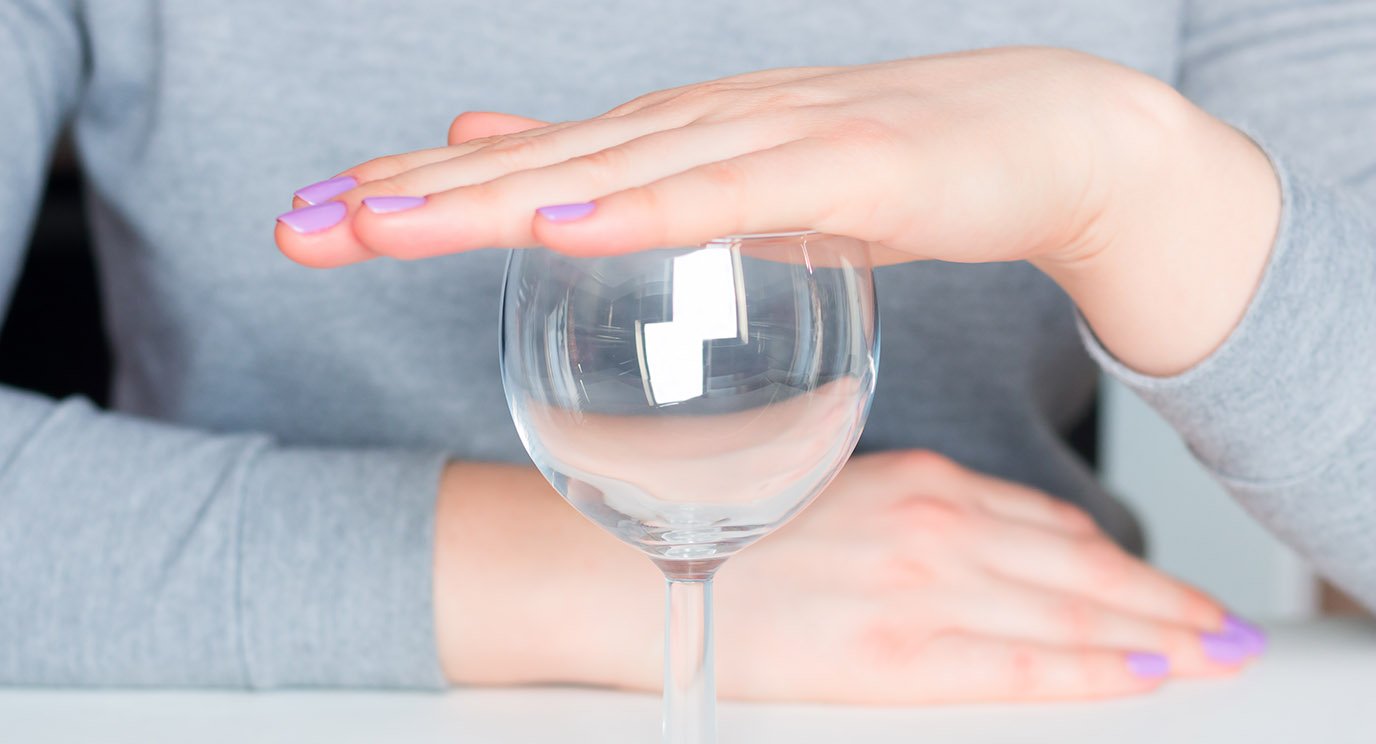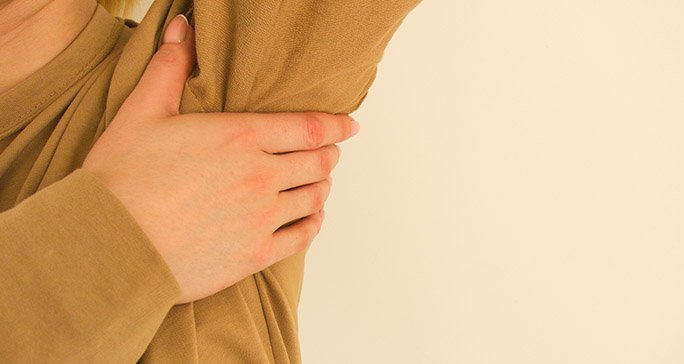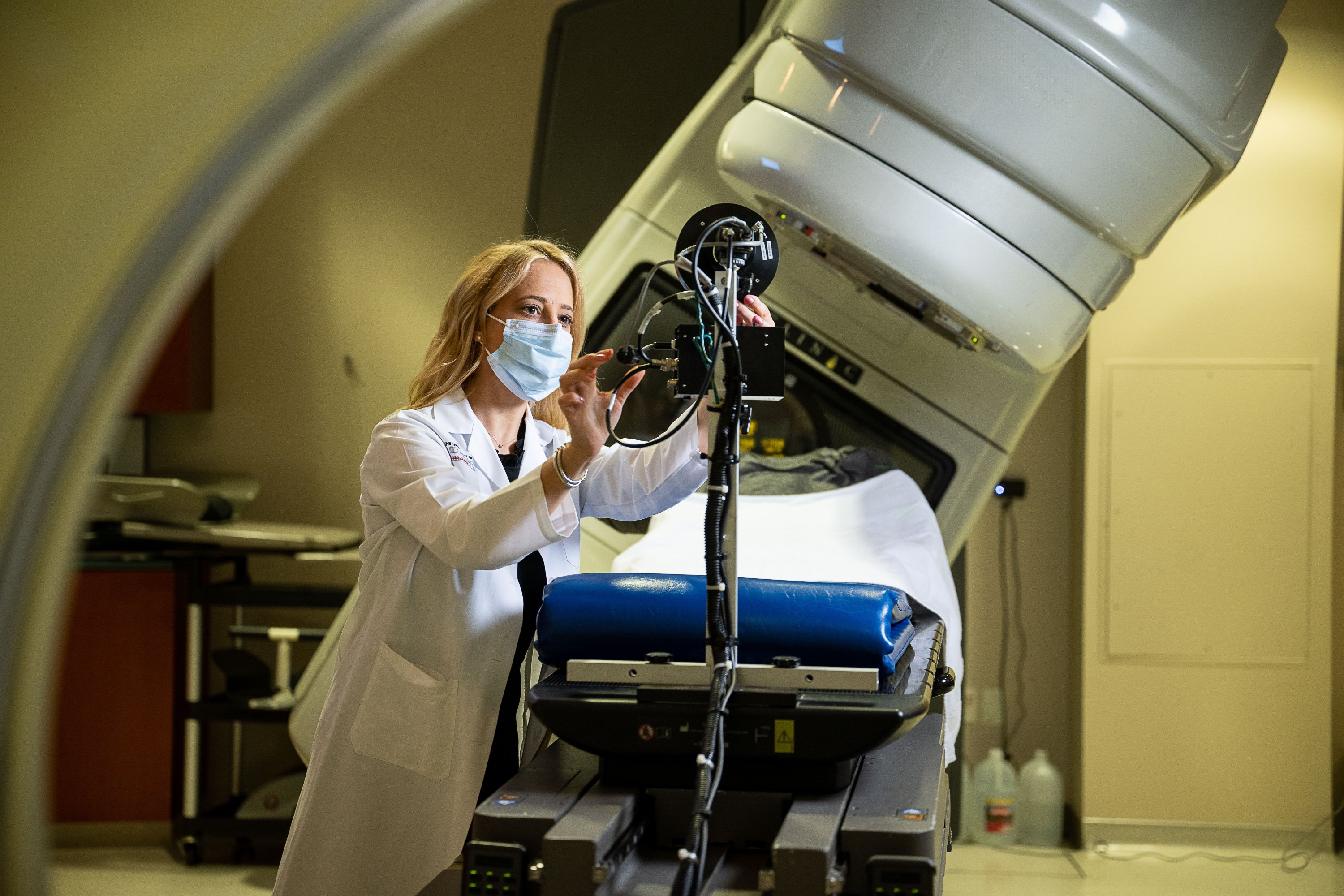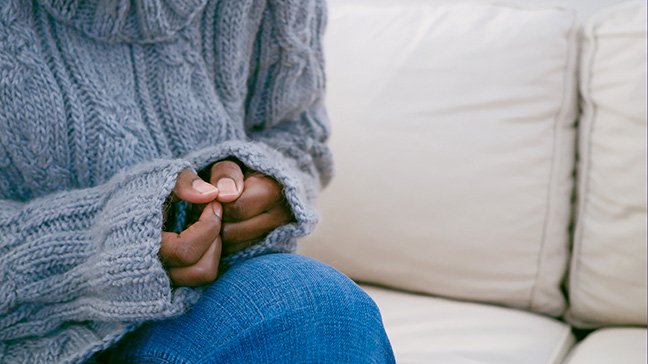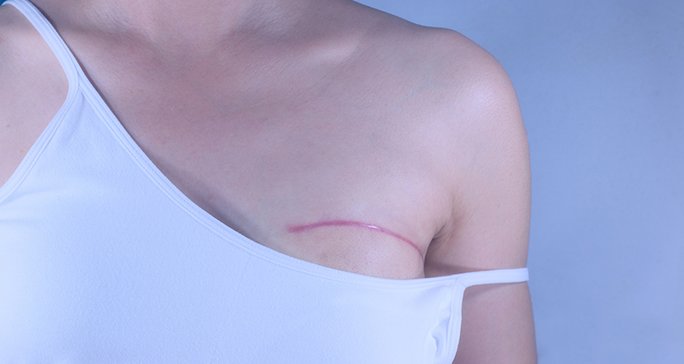How to massage scar tissue
- Diseases
- Acoustic Neuroma (16)
- Adrenal Gland Tumor (24)
- Anal Cancer (70)
- Anemia (2)
- Appendix Cancer (18)
- Bile Duct Cancer (26)
- Bladder Cancer (74)
- Brain Metastases (28)
- Brain Tumor (234)
- Breast Cancer (728)
- Breast Implant-Associated Anaplastic Large Cell Lymphoma (2)
- Cancer of Unknown Primary (4)
- Carcinoid Tumor (8)
- Cervical Cancer (164)
- Colon Cancer (168)
- Colorectal Cancer (118)
- Endocrine Tumor (4)
- Esophageal Cancer (44)
- Eye Cancer (36)
- Fallopian Tube Cancer (8)
- Germ Cell Tumor (4)
- Gestational Trophoblastic Disease (2)
- Head and Neck Cancer (14)
- Kidney Cancer (130)
- Leukemia (342)
- Liver Cancer (50)
- Lung Cancer (286)
- Lymphoma (278)
- Mesothelioma (14)
- Metastasis (30)
- Multiple Myeloma (100)
- Myelodysplastic Syndrome (60)
- Myeloproliferative Neoplasm (6)
- Neuroendocrine Tumors (16)
- Oral Cancer (102)
- Ovarian Cancer (178)
- Pancreatic Cancer (162)
- Parathyroid Disease (2)
- Penile Cancer (14)
- Pituitary Tumor (6)
- Prostate Cancer (150)
- Rectal Cancer (58)
- Renal Medullary Carcinoma (6)
- Salivary Gland Cancer (14)
- Sarcoma (238)
- Skin Cancer (302)
- Skull Base Tumors (56)
- Spinal Tumor (12)
- Stomach Cancer (66)
- Testicular Cancer (28)
- Throat Cancer (92)
- Thymoma (6)
- Thyroid Cancer (100)
- Tonsil Cancer (30)
- Uterine Cancer (86)
- Vaginal Cancer (18)
- Vulvar Cancer (22)
- Cancer Topic
- Adolescent and Young Adult Cancer Issues (22)
- Advance Care Planning (12)
- Biostatistics (2)
- Blood Donation (18)
- Bone Health (8)
- COVID-19 (360)
- Cancer Recurrence (120)
- Childhood Cancer Issues (120)
- Clinical Trials (628)
- Complementary Integrative Medicine (22)
- Cytogenetics (2)
- DNA Methylation (4)
- Diagnosis (240)
- Epigenetics (6)
- Fertility (62)
- Follow-up Guidelines (2)
- Health Disparities (14)
- Hereditary Cancer Syndromes (128)
- Immunology (18)
- Li-Fraumeni Syndrome (8)
- Mental Health (122)
- Molecular Diagnostics (8)
- Pain Management (62)
- Palliative Care (8)
- Pathology (10)
- Physical Therapy (18)
- Pregnancy (18)
- Prevention (940)
- Research (390)
- Second Opinion (78)
- Sexuality (16)
- Side Effects (616)
- Sleep Disorders (10)
- Stem Cell Transplantation Cellular Therapy (216)
- Support (408)
- Survivorship (330)
- Symptoms (182)
- Treatment (1794)
6 things to know about scar massage
3 minute read | Published November 04, 2024
Medically Reviewed | Last reviewed by Patrick Garvey, M.D., on November 04, 2024
Scar massage is used to improve the appearance and/or long-term healing prospects of scar tissue after cancer treatment.
This therapeutic technique’s main goals are to:
- improve the appearance of scars
- improve blood circulation to the scarred areas for faster healing
- relieve pain, discomfort and itching.
Scar massage also has some psychological benefits. For instance, it may reduce some patients’ anxiety by giving them a sense of control over their healing process. It can also make them feel better physically and mentally by giving them a way to contribute to their recovery.
So, how do you know if you need a scar massage? Is it only recommended if you have certain types of cancer or scars on certain parts of the body? And, is there a “right” way to do it?
Read on for answers to these and other questions I sometimes hear from patients.
How does scar massage work? Are there certain oils or techniques I’m supposed to use?
Scar massage involves applying gentle pressure with your fingertips to the affected areas. There are three main types of motions you can use:
Linear motions
These are drawn along the length of the scar to reduce skin tension.
Circular motions
These are used to break down fibrous tissue and promote better alignment of underlying structures.
Cross-friction motions
These are made perpendicular to the scar to break down adhesions and promote mobility.
When it comes to which lotions or creams to use, anything that promotes hydration will tend to improve healing and appearance.
Studies have shown little to no additional benefit from using products that contain either vitamin E or cocoa butter. Those likely just make it easier to do the massage. But products containing the onion extract quercetin do seem to improve itching and pigmentation.
When should I start scar massage? How long should I do it?
Ideally, you should begin scar massage about two to three weeks after surgery, once the wound has closed completely and the skin has fully healed.
For best results, you should perform scar massage for at least 10 minutes, twice a day, for six months. You should only stop sooner than that if the scar starts showing signs of infection or you experience intolerable discomfort.
How is scar tissue different from regular tissue? Why does it even need massage?
Normal skin tissue is made up of collagen fibers arranged in a basket-weave pattern. It is somewhat elastic, meaning it can stretch a little and still return to its original state.
Scar tissue does not share this quality, which makes it both less elastic and more rigid than regular tissue. So, it tends not to stretch as well. It also contains more inflammatory cells, gets less blood supply, and has fewer related structures that contribute to the functions of normal tissue.
Do only certain cancers or areas of the body require scar massage?
No. But scar tissue is more problematic in the chest and shoulder areas, over joints like elbows or knees, and on the back. So, we tend to prescribe it more for patients with breast cancer and head and neck cancers.
Is it ever too late to start scar massage?
It's never too late to do a scar massage, but you’ll have better results if you start it two to three weeks after surgery. Scar massage may still be helpful if you’re experiencing prolonged sensitivity or discomfort.
What’s the one thing I should know about scar massage?
If you’re going to use scar massage, it requires consistency and the proper technique. You have to do it regularly to get the best results. If you only do it occasionally, it’s not going to have much of an effect.
But scar massage is not the only way we can manage scars. Early on, there are specialized dressings we can use to improve wound healing. Later, surgeons can use lasers or revisional surgeries to improve a scar’s function and appearance. In between, we strongly encourage the use of sunscreen, because scar tissue should not be exposed to UV light.
But talk to your doctor if you have any questions specific to you.
Patrick Garvey, M.D., is a plastic surgeon specializing in advanced facial and breast reconstruction.
Request an appointment at MD Anderson online or call 1-877-632-6789.
Related Cancerwise Stories

Scar massage also has some psychological benefits.
Patrick Garvey, M.D.
Physician


